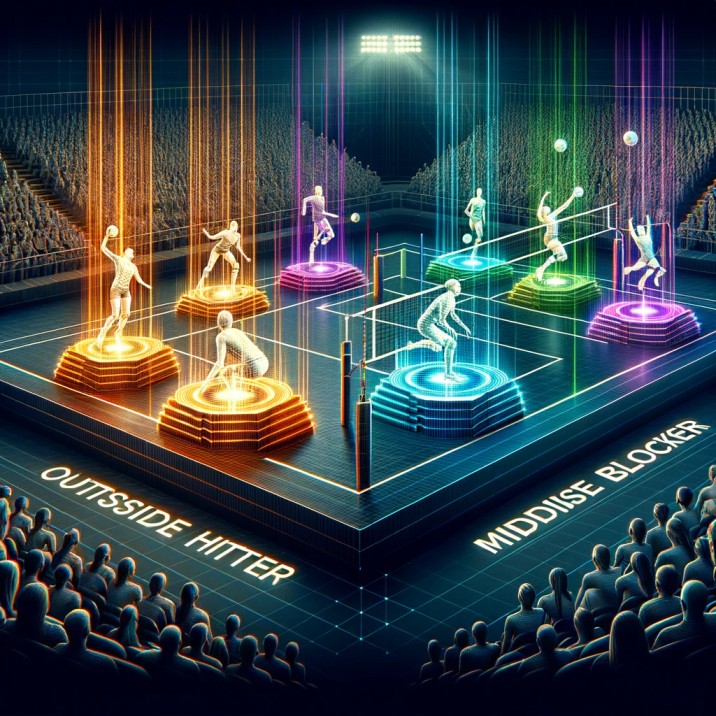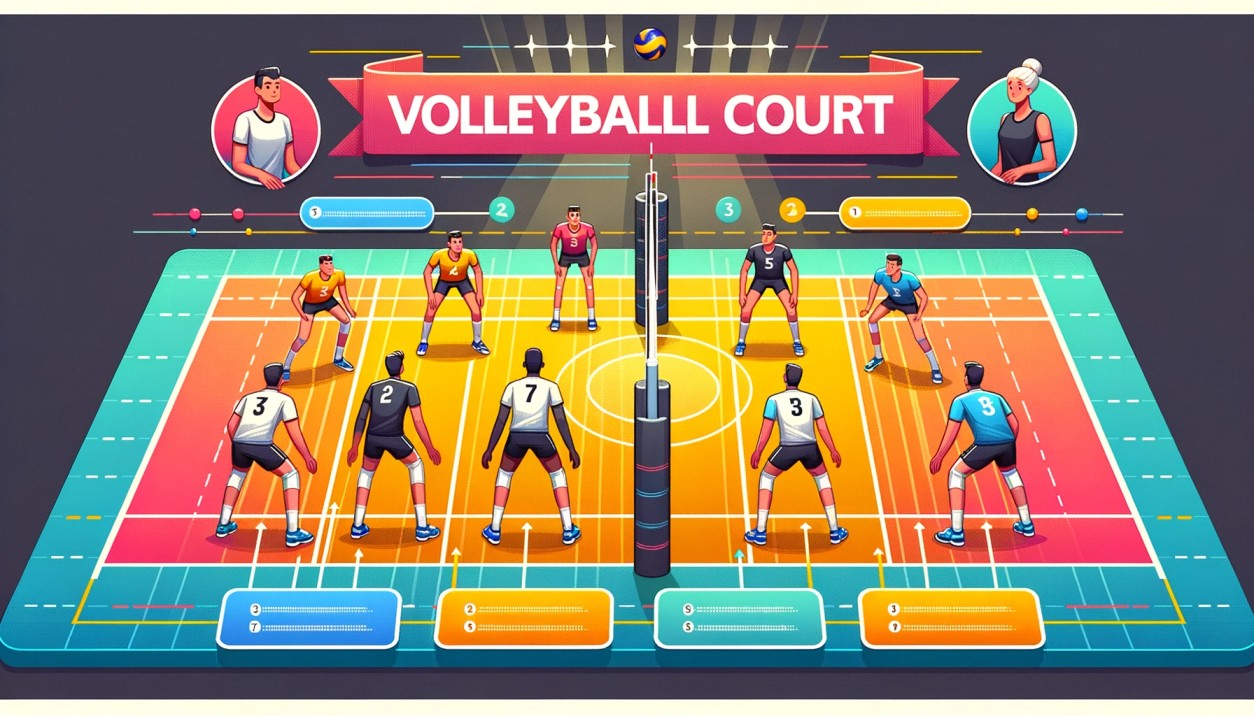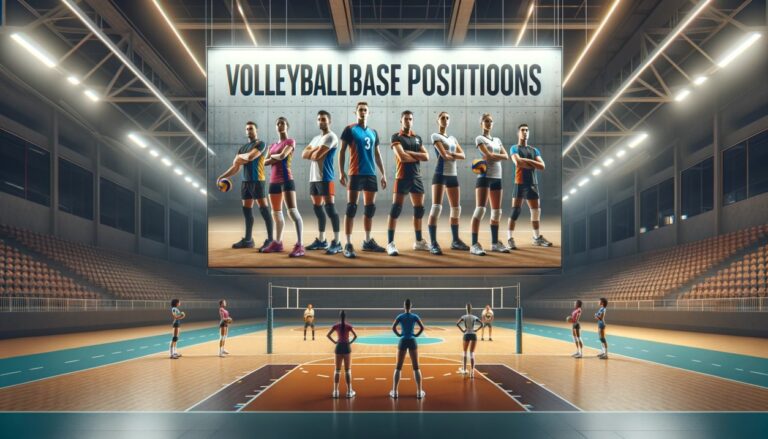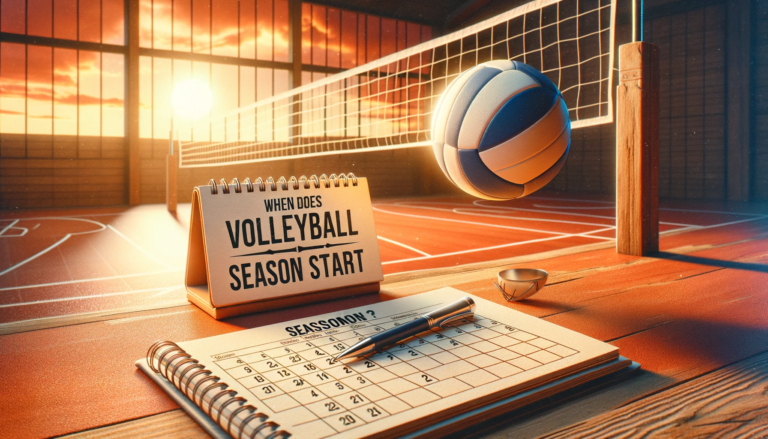Volleyball Court Positions: Your Complete Guide
Introduction to Volleyball Court Positions
In this article, complete information about volleyball court positions is given. From its inception in the late 19th century, volleyball has grown into a beloved sport played worldwide. Whether you’re a player aiming for that perfect spike or a fan cheering from the sidelines, understanding the intricacies of the game is crucial. One of the foundational aspects of volleyball is grasping the significance of court positions.
Why Court Positions Matter:
- Volleyball isn’t just about hitting the ball; it’s a game of strategy, coordination, and teamwork. Recognizing the strategy behind each position can offer insights into the unfolding game.
- Each position on the court has its unique responsibilities. A slight misalignment or misunderstanding of roles can drastically affect the game’s outcome. In essence, knowing and mastering these positions can truly make or break a game.
Front Row Positions:
- Outside Hitter (Left Side Hitter):
- Role and responsibilities: The outside hitter is often the primary attacker for the team and needs to be versatile, playing both at the net (front row) and in the back row. Their main job is to score points through attacks or spikes.
- Famous players: Players like Giba from Brazil and Zhu Ting from China have made significant marks as outside hitters.
- Middle Blocker:
- Role and responsibilities: Positioned at the net, the middle blocker’s primary job is to stop the opposing team’s attacks by blocking. They also play a crucial role in offensive plays with quick sets.
- Key skills required: Quick reflexes, good timing, and strong jumping ability.
- Right Side Hitter (Opposite):
- Role and responsibilities: The right side hitter, or opposite, is responsible for blocking against the opposing outside hitters and also for attacking. They play opposite the setter in the rotation.
- Differences: Unlike the left side hitter, the opposite usually doesn’t receive serves and often gets set when the team is out of system.

Back Row Positions:
- Libero:
- Unique role: The libero is a specialist in defensive skills, especially receiving serves and digging (defending against) attacks from opponents.
- Rules associated: They cannot attack the ball above the net’s height and cannot serve, block, or attempt to block.
- Defensive Specialist:
- Role: Similar to the libero but without the same restrictions. They’re often brought in to serve and play defense but can also attack.
- Key skills required: Excellent serve receive and defensive skills.
- Setter:
- Often termed the “quarterback” of volleyball, the setter touches the ball more than anyone else and makes decisions in real-time about which of the hitters will get the ball.
- Responsibilities and skills: They need to have precise ball-handling skills, a deep understanding of the game, and great communication skills.
Rotations and Transitions:
- Volleyball is a game of movement. Players rotate each time their team wins the serve from the opposing team.
- The strategy behind rotations ensures that players are in the right position to play to their strengths, especially in the front or back row.
Volleyball Court Positions:
- Position 1 (Right Back): Server’s position, located in the back right corner.
- Position 2 (Right Front): Typically the setter’s position, located in the front right corner.
- Position 3 (Middle Front): Middle blocker’s position, located at the net in the center.
- Position 4 (Left Front): Outside hitter’s position, located in the front left corner.
- Position 5 (Left Back): Defensive specialist or outside hitter’s position, located in the back left corner.
- Position 6 (Middle Back): Libero or defensive specialist’s position, located in the back center.
The First Mistake People Make with Positions:
Assuming that a player’s position dictates their only role on the court. In reality, each player must be versatile and adapt to various situations during a game.
FAQs
What is the most challenging position in volleyball?
This is subjective and varies among players. However, many argue that the setter’s role is the most challenging due to its demand for precision, strategy, and game sense.
How are positions determined in volleyball?
Positions are determined by a player’s skills and the team’s needs. Coaches often decide positions during training based on a player’s strengths and the team’s strategy.
Can players switch positions mid-game?
Players can switch positions after the serve, but they must return to their original positions for the next serve.
What’s the difference between indoor and beach volleyball positions?
Indoor volleyball has six players, with specialized positions. Beach volleyball, on the other hand, has only two players per team, requiring both players to be versatile in all skills.
What is position 6 in volleyball?
Position 6 is the back-middle position, located at the baseline in the center. It’s often where the server starts.
What is position 7 in volleyball?
There isn’t a position 7 in traditional volleyball. Volleyball positions are numbered 1 through 6.
What is libero in volleyball?
The libero is a specialist in defensive skills, especially in receiving serves and digging (defending against) attacks from opponents. They wear a different colored jersey and cannot attack the ball above the net’s height. They also cannot serve, block, or attempt to block in some variations of the game.
The Evolution of Volleyball Positions:
- Over the years, volleyball positions have evolved with changing game strategies and player skills. For instance, the libero was only introduced in the late 1990s.
- The future of volleyball might see more specialized roles or even changes in the current positions, depending on how the game evolves.
Conclusion:
- Volleyball is a testament to the beauty of teamwork. Each position, while unique in its responsibilities, works in harmony with the others.
- With this newfound knowledge, watching a volleyball game becomes a more enriching experience. So, the next time you catch a match, appreciate the strategy and skill that goes into every serve, set, and spike.






